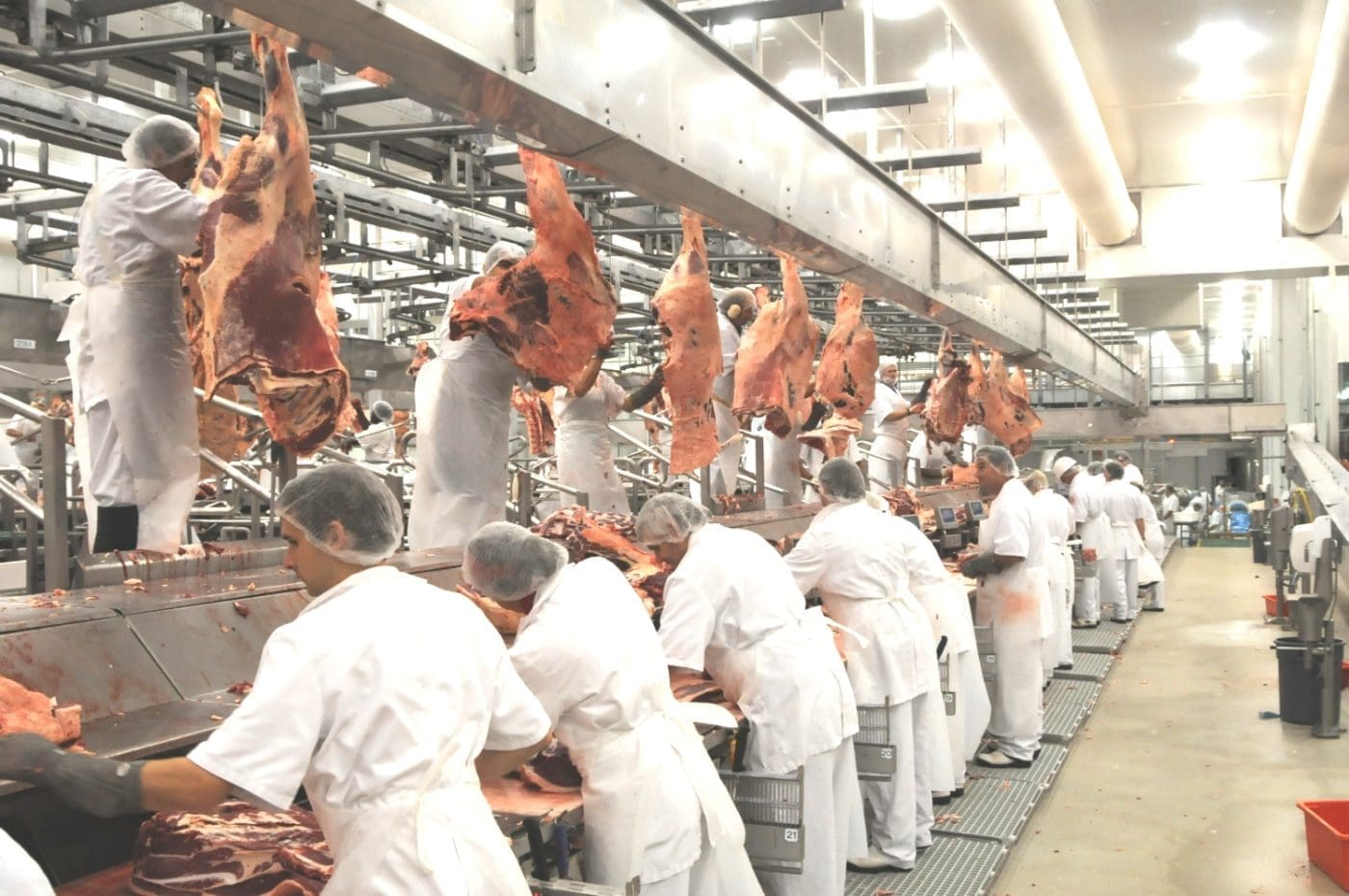MOUNTING weather-driven slaughter cattle supply pressure has pushed direct consignment processor grid prices lower again this week.
The lack of summer rain relief so far in 2019 has compounded the already disastrous seasonal conditions seen throughout much of 2018 for many cattle producers in NSW and Queensland, and that’s being reflected in further tough decisions now being made to offload numbers due to lack of feed and stock water.
The eastern half of the Northern Territory is also facing a bleak start to the year, as highlighted in today’s separate story.
Last week’s eastern states seven-day kill reported by NLRS reached 126,419 head. While processing activity is still re-establishing after the Christmas/New Year seasonal closures, last week’s kill was 9pc higher than the same week last year. It was a similar story the week before.
The disastrous seasonal start to 2019 in many parts of Queensland, New South Wales and the Northern Territory has seen an unusually heavy turnoff for January as producers face mounting stock water and feed pressures.
The saleyards system has also started the year with a surge, but after some large yardings and substantial price falls in the opening fortnight of trading, many saleyards are this week reporting smaller offerings, as vendors react to disappointing price prospects.
Roma store sale today is drawing for around 6900 head, following yardings of close to 10,000 in both Roma and Dalby last week which pushed markets sharply lower for young cattle and cows. Some processors have been highly selective this week in using the saleyards system to supplement already ample direct consignment bookings.
The Eastern Young Cattle Indicator has captured the recent supply/price trend, falling 53c/kg since the close of business last year to 473.5c yesterday – its lowest level since late August.
Queensland processors spoken to for this report said they were now well served with bookings heading into February, and at least one (separate operator from last week) has stopped quoting on slaughter cattle, due to having adequate numbers already booked for the immediate future.
Cows down 25c/kg
Quotes obtained this morning from competitive southern Queensland processors indicate that all descriptions from grassfed steers and cows, to MSA steer and heifer and grainfed ox have fallen another 10c/kg since last week. Best quotes seen today have four-tooth heavy grass steer at 525c/kg (that’s down 20c/kg from where the market sat just two weeks ago) and cows 445c (down 25c over the same period).
Big runs of cows are being reported out of Central Queensland and northern NSW, which has surprised many so early in the year.
In southern states, Teys Naracoorte is quoting 490c/kg on a four-tooth steer and 410c on heavy cows this week, while Wagga is at 525c on the steer and 430c on cows.
Prospects are that pricing and the supply challenge in QLD/NSW will get worse before it gets better, with early February now shaping as another critical decision-making point over further herd reductions. In his assessment published on Beef Central yesterday, analyst Simon Quilty estimates that the national beef herd has now liquidated between 1.2 million and 1.6 million head over the past 12 months, which if accurate would put the herd size at 26.55 million head by June 30 this year – its lowest point in 22 years.
It seems that if there is one saving grace in current slaughter cattle supply, it is that the system is not yet being further congested by large runs of cattle out of western Queensland and equally dry Barkly region. But despite the heat which often means cattle work in the extensive areas of the north does not get underway until well into March, there are expectations (see today’s separate report) that the large western and northern station stock camps will be forced to start their seasons earlier than usual this year, to shift surplus cattle due to the exceptionally dry conditions.
While Queensland’s rail livestock transport supplier Aurizon normally starts scheduling cattle trains from around March to coincide with this seasonal start, there is talk this year that some earlier services may be added to accommodate the urgent drought-forced cattle turnoff in western cattle regions.
Some Queensland plants remain on reduced shifts this week (Dinmore is killing five single shifts) before returning to ‘full’ nine shift rosters next week. Further north, JBS Townsville for the first time in recent history has started killing in January, with shifts starting last week. Central Queensland plants either started yesterday, or last week.
Grainfed prices decline
Grainfed prices have also trended down this week, partly due to supply issues and partly due to vigorous competitive pressure in key export markets out of the US grainfed industry, making profitability on grainfed beef a challenge.
Typical 100-day grainfed steers this week for spot market slaughter in southern Queensland were making 540c/kg, back from 570-575c late last year. MSA grass steer are in good supply at present, processors say, especially out of areas in northern NSW and southern Queensland’s Downs area which caught the best of the patchy November/December rain. Grass MSA steers this week were quoted by one southern Queensland processor at 535c, down from 560c in the later stages of 2018.
While eastern states slaughter activity now looks like remaining active during the first quarter – barring unforeseen widespread rain – the period running into winter looks like being particularly difficult for NSW and Queensland processors.



HAVE YOUR SAY